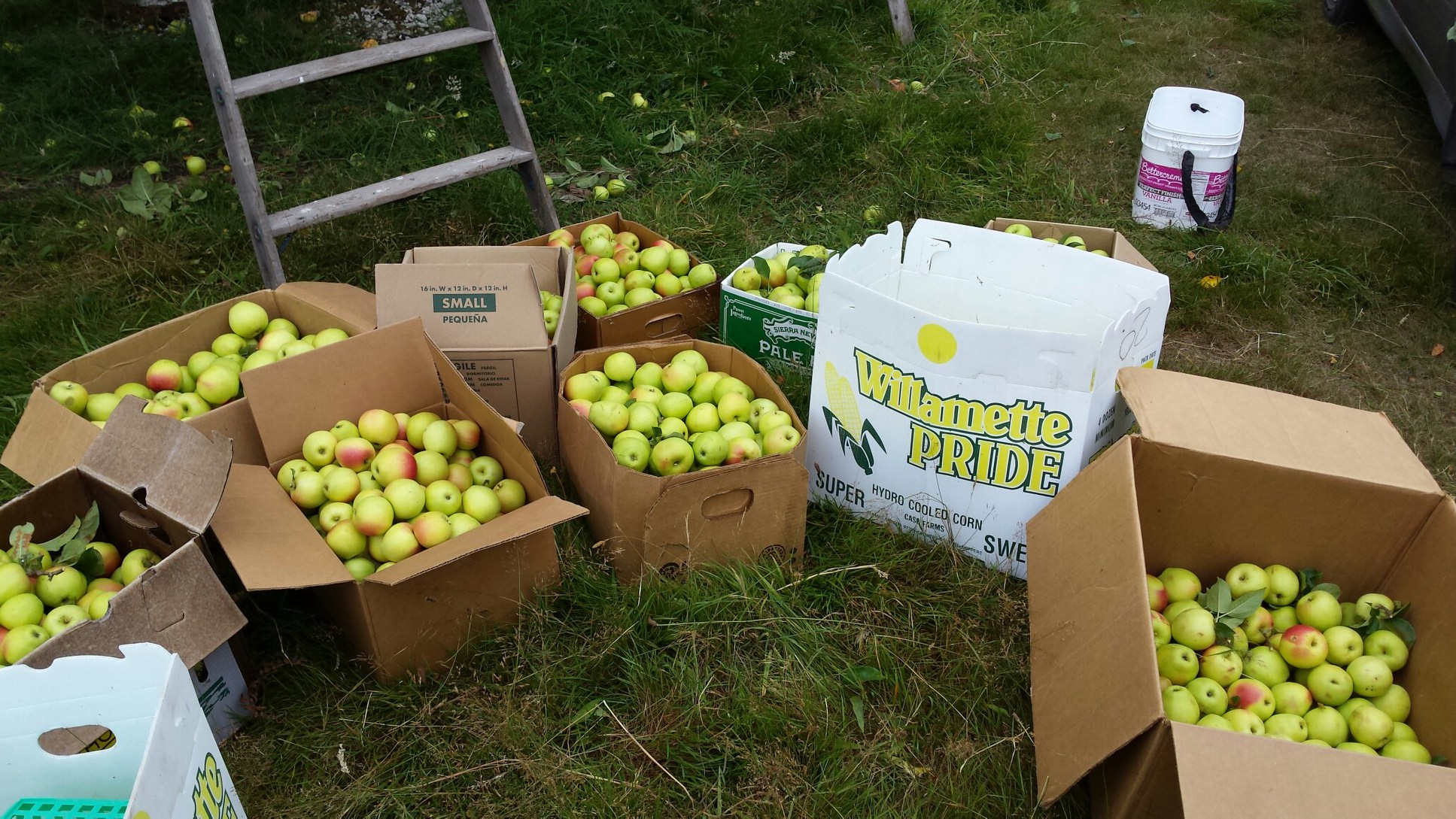In order to engage volunteers it is a good idea to expand their knowledge of local, available produce. New or unusual produce can be featured in the volunteer newsletter. This will encourage volunteers to come to gleaning events that might not otherwise interest them. A bit of information about the flavor, nutritional content, history, and uses of the unusual produce can go a long way towards encouraging a volunteer to harvest something new. The distribution of new recipes by the Gleaning Coordinator and/or other gleaning volunteers can expand a more hesitant volunteers’ palette. Pictures of the unusual fruit or vegetable by itself or in a dish can help stimulate experimentation. EXAMPLE OF VOLUNTEER NEWSLETTER JULY AUGUST NEWSLETTER

It is also a good idea to give examples of ways to use up overabundances of common produce like apples. A list like “20 unusual uses of apples” can keep a volunteer motivated to harvest even when they have harvested a large amount of that type of produce already. In the WSU Extension Clallam County Program, volunteers are encouraged to keep up to half of what they harvest for themselves, which is a wonderful incentive for volunteerism and is empowering for recruiting volunteers who might be food insecure but who would not choose to visit an emergency food organizations. The more educated these volunteers are about the program and the food they are harvesting, the better, These volunteers can serve as community information sources, keeping the traditional arts of canning, dehydrating, jam and sauce making, freezing, preserving, and made-from-scratch cooking alive and well. Their enthusiasm for the produce they harvest can spread in a community and increasing interest in local produce and healthy eating.
Produce should also be introduced at food banks through cooking demonstrations, cooking classes, sampling, and take-home recipe cards so that clients have a familiarity and interest in the abundance brought to the food banks by gleaners.
Running an outreach campaign to potential produce donors, imploring them to donate more unusual produce, can expand the reach of the program and increase interest from volunteers. Consider requesting home sites with more unusual fruits and vegetables like walnuts, quinces, figs, rhubarb, berries, winter squash, basil, huckleberries, cilantro etc. to sign up to be a glean site. Many homeowners grow extra unusual food items in their yard, but don’t consider that anyone else would want them. Let them know that the diversity of produce would be really appreciated by volunteers and food bank clients. Seek out culturally appropriate produce that might be available in the community to match the demographics of the local food banks.

